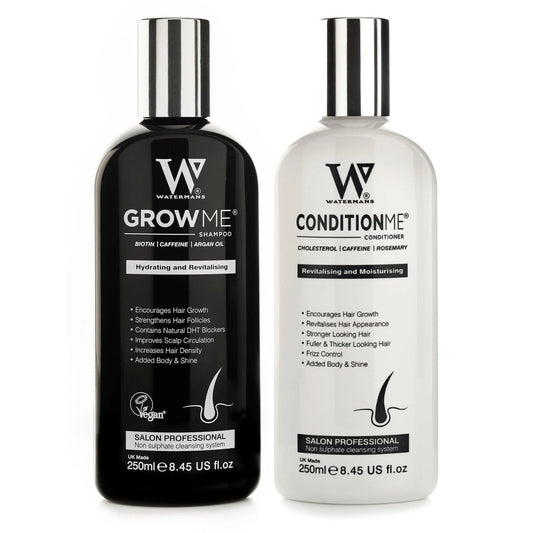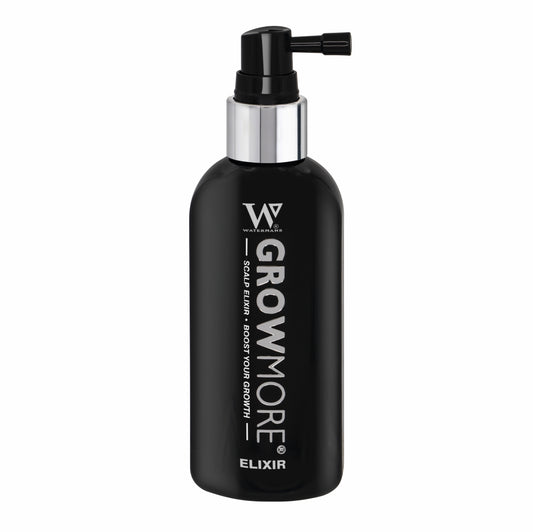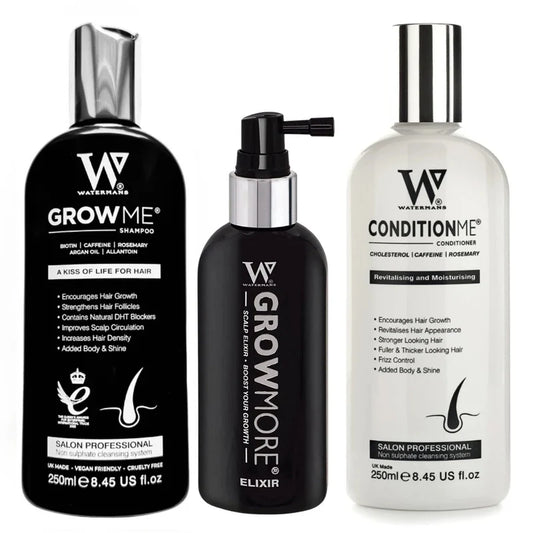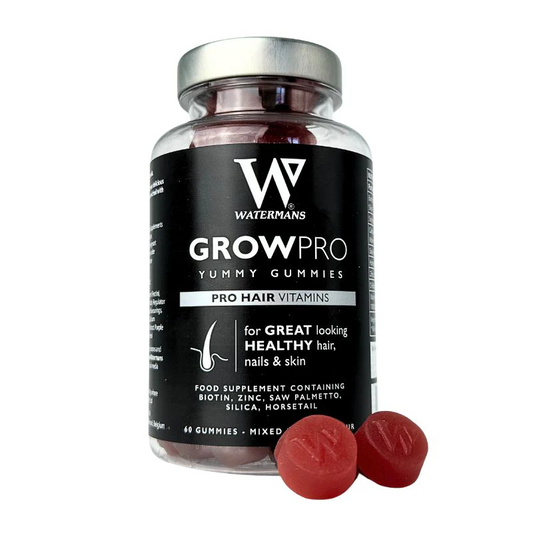Conquer Seborrheic Dermatitis: Essential Guide to Symptoms, Causes, and Soothing Treatments
Share

Seborrheic dermatitis is a common skin condition many people face, often leading to embarrassing flakes and discomfort. It primarily affects the scalp but can also surface on various parts of the body, including the face, chest, and back. This comprehensive guide delves deep into the symptoms, causes, and effective soothing treatments for seborrheic dermatitis, aiming to help you understand and manage this condition better.
What is Seborrheic Dermatitis?
Seborrheic dermatitis is characterized by red, greasy, scaly patches on the skin. The condition is often mistaken for other skin issues, such as eczema or psoriasis, making it essential for individuals to recognize its specific features. While it’s not contagious, it can be uncomfortable and distressing.
Symptoms of Seborrheic Dermatitis
Recognizing the symptoms of seborrheic dermatitis is crucial for timely treatment. Some of the key symptoms include:
- Red scaly patches: These usually appear on oily areas, such as the scalp, face, and neck.
- Dandruff: Flakes of dead skin can shed from the scalp, often noticeable on your clothes.
- Itchy or sore skin: Discomfort may lead to scratching, exacerbating the issue.
- Oily skin: The patches may appear greasy due to excess oil produced by sebaceous glands.
- Crusty or scaly skin lesions: Often seen in infants, known as cradle cap.
Causes of Seborrheic Dermatitis
Understanding what triggers seborrheic dermatitis can help in figuring out how to manage and prevent flare-ups. Here are some of the primary causes:
1. Malassezia Yeast Overgrowth
The scalp naturally harbors a type of yeast called Malassezia. In some individuals, this yeast can overgrow, causing inflammation and leading to seborrheic dermatitis symptoms.
2. Sebum Production
Sebaceous glands produce an oily substance known as sebum. An increase in sebum production can create the perfect environment for the growth of yeast, exacerbating the condition.
3. Genetic Predisposition
Some people are genetically predisposed to skin problems, including seborrheic dermatitis. If relatives have had the condition, your likelihood of developing it may be higher.
4. Stress Factors
Emotional or physical stress can trigger flare-ups in susceptible individuals. Managing stress can be an effective way to alleviate symptoms.
5. Other Skin Conditions
Individuals with other skin issues such as psoriasis, acne, and rosacea may have a higher risk of developing seborrheic dermatitis.
6. Hormonal Changes
Hormonal shifts can increase oil production, contributing to the condition. This is often experienced during puberty or pregnancy.
Soothing Treatments for Seborrheic Dermatitis
Finding effective treatments for seborrheic dermatitis can significantly improve the quality of life. Here are some soothing treatments and lifestyle changes that can help:
1. Medicated Shampoos
Using medicated shampoos containing active ingredients like ketoconazole, selenium sulfide, or coal tar can help combat fungal overgrowth and reduce flakiness.
2. Natural Scalp Treatments
Incorporating natural oils into your routine can offer soothing benefits. Products like Watermans Grow Me Shampoo are formulated with ingredients such as Biotin, Rosemary, and Argan Oil, that energize the scalp and promote healthy hair growth. Check it out here for the best natural solution against hair loss and growth.
3. Moisturizing Creams or Lotions
Using good-quality moisturizers can help hydrate dry patches of skin and minimize itching. Look for products with soothing ingredients like jojoba oil or aloe vera.
4. Avoiding Irritants
Certain skincare products containing alcohol, fragrances, or harsh chemicals can exacerbate the condition. Stick to gentler, hypoallergenic products to reduce irritation.
5. Dietary Adjustments
A balanced diet rich in omega-3 fatty acids, antioxidants, and vitamins can support skin health. Foods such as fish, nuts, and leafy greens can be beneficial.
6. Regular Washing Routine
Regularly washing your hair can reduce the build-up of oils and flakes. However, avoid over-washing, as this can lead to dryness.
7. Stress Management Techniques
Practicing stress management techniques like yoga, meditation, or even talking to a therapist can reduce anxiety and support overall skin health.
Did You Know?
- Baby Cradle Cap: Infants often experience seborrheic dermatitis, known as cradle cap, often disappearing on its own without treatment.
- Weather Impact: Flare-ups can be more prevalent in chilly and dry weather, while warmer weather may provide relief.
- Immunocompromised Individuals: People with weakened immune systems are more likely to experience severe cases of seborrheic dermatitis.
- Not Just a Scalp Issue: While commonly known for affecting the scalp, it can also appear on the face, ears, and other oily areas of the body.
Q&A Section
1. Can seborrheic dermatitis go away completely?
While it can be persistent, symptoms can be managed effectively with the right treatments.
2. Does seborrheic dermatitis spread from person to person?
No, seborrheic dermatitis is not contagious.
3. Are there any natural remedies for seborrheic dermatitis?
Natural treatments such as tea tree oil, aloe vera, and Watermans Grow Me Shampoo can be effective.
4. Can diet affect seborrheic dermatitis?
Yes, a diet rich in nutrients can support skin health and mitigate symptoms.
5. Is seborrheic dermatitis linked to stress?
Yes, stress can trigger or worsen symptoms in susceptible individuals.
6. Can I use regular shampoo if I have seborrheic dermatitis?
Medicated shampoos are recommended, but gentle, sulfate-free shampoos can also help.
7. Should I see a dermatologist for seborrheic dermatitis?
If symptoms persist or worsen, seeking professional advice from a dermatologist is advisable.
8. Are topical steroids effective for treating seborrheic dermatitis?
Topical steroids may help reduce inflammation but should be used sparingly under a doctor’s direction.
9. Can seborrheic dermatitis cause hair loss?
In severe cases, inflammation may lead to temporary hair loss, but addressing the dermatitis usually restores healthy hair growth.
10. How often should I wash my hair if I have seborrheic dermatitis?
It varies by individual, but most may benefit from washing every few days to control oil build-up without irritating the skin.
By understanding the nature of seborrheic dermatitis, you can take effective steps toward managing its symptoms. Remember, with proper care, you can reduce its impact and achieve healthier skin! For a natural, effective hair care solution, don’t forget to explore Watermans Grow Me Shampoo, known for its potent blend to support hair growth while soothing the scalp.



